Contact pages are usually of the lowest priority when it comes to web design. That is totally wrong! The website contact page is one of the most important and most visited pages on a website. Take yourself for example; how many times have you visited a company’s contact page to view their location or get their telephone or email address?
As an experienced web design agency in Cyprus we place a lot of emphasis on such details. So, what are the elements that a contact page should include?
Location(s) on contact page
Let’s take as an example a company that has presence in many locations, and offices in more than one counties or cities. The user should be given an easy navigation to view the locations’ contact details and only the information that is relevant to him / her. Below are a couple of techniques and layouts I personally find as a good use of illustrating the information, such as an accordion or a tab system.
The accordion in the realm of web design is a menu or content which expands like the musical instrument.

A tab system is also useful when you have more information under each office location such as departments and forms for each office. The tab loads all the information on the page and allows the user to quickly navigate without the need of refreshing the page.

Map on contact page
I personally find the view location link extremely useful, especially when I am on the road. This allows me to open the location in Google maps and get directions to that place, without the need to manually open the app and enter the address.


Telephone
Another useful gimmick is linking the telephone number using <a href=tel:> which allows you to make a call by tabbing the number (using a phone-capable device such as a smartphone) directly. There is a lot of web traffic on mobile devices and other phone-capable devices which are worth knowing and using the phone link. (Here is an example on our Contact us page)
Forms
Last but not least, is the proper usage of forms. The three most important “Whys” on using a form are: 1. you can ask for specific information such as country, telephone, email address etc., 2. send directly those information to your CRM, newsletter platform etc. and 3. Security. By using a form, you reduce spamming as there is no need to publish your email address.
Do not make forms too complicated, always ask the things you really need to know from your client. For example, a typical example of a “Request a callback” form should include A. The name, B. Country or country code C. Telephone and D. Message. You can also add some more useful information such as choose a day and time you are available etc. The point is keep it simple and smart.
Smart means, help your client to enter the information properly, use a country field with list of countries which will allow to automatically fill the country code on the phone field.
![]()
Send the email to the proper person by using departments.

To conclude, having an easy to find Contact page with clear communication assets, you are eventually making your business accessible to existing and new customers. Don’t neglect the landing pages that you may perceive as unimportant. The clearer you lay out any information you want to give out to your target audiences combining a clean design with appropriate text, and the more you empower them to find you easily, the more traffic you will be receiving and hopefully the more leads will end up on your doorstep. So, is your “Contact Us” page, serving its purpose?




